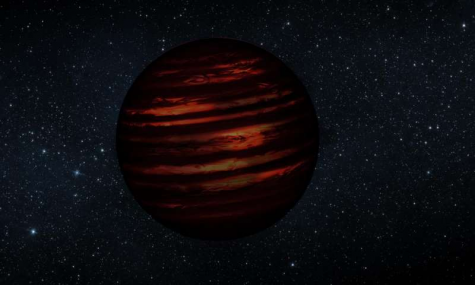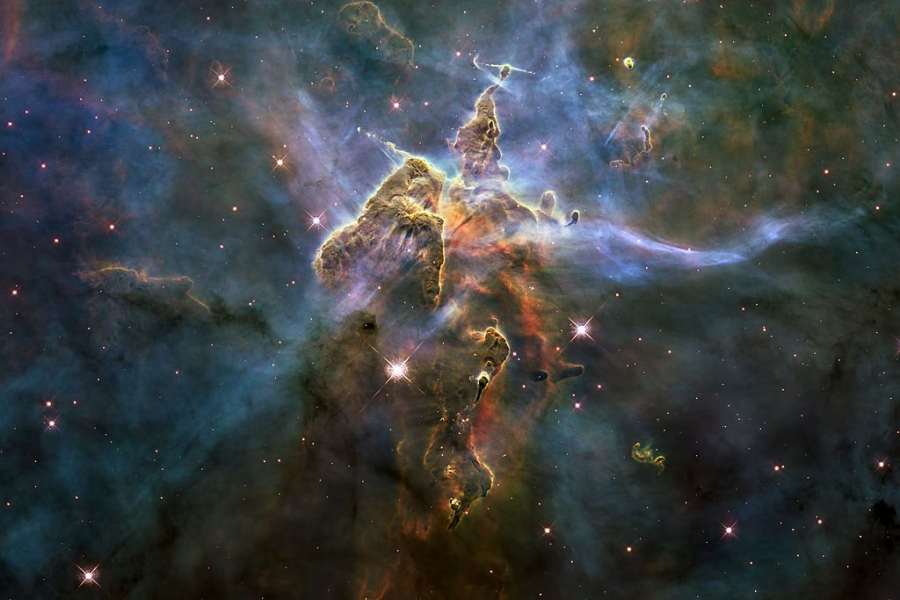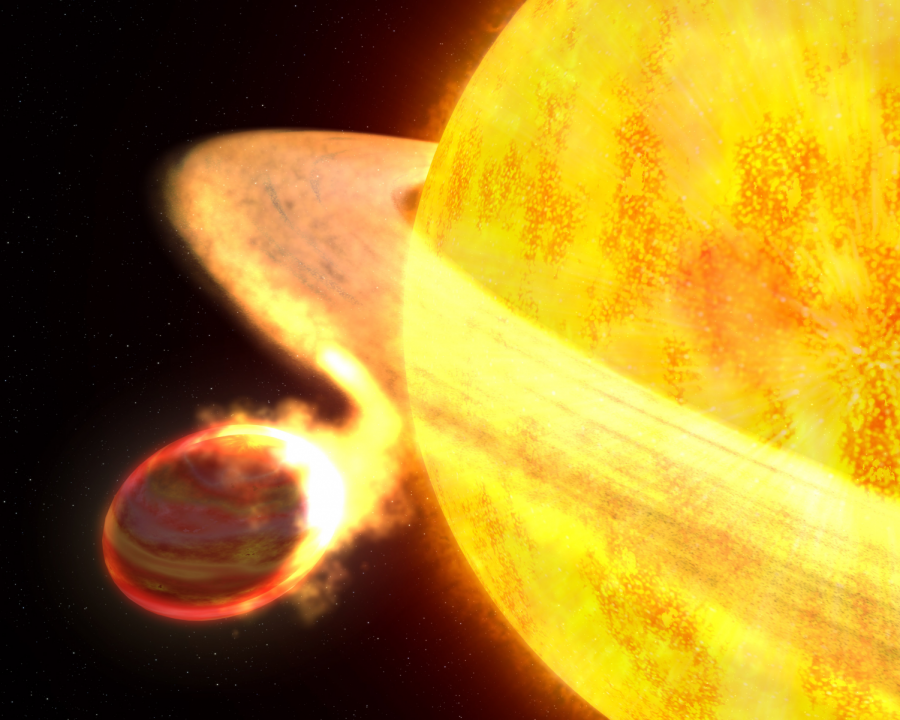Strange Space
December 19, 2019
Space is a vast, infinite place. From asteroids to galaxies, space is full of mystery; it’s far too expansive to understand everything. Even the most genius scientists have only grasped the tiniest pieces of the universe. Still, some incredible discoveries and occurrences have been found in the depths of space. Here are some of the most interesting ones.
Andromeda Galaxy
According to Space.com, brown dwarf stars form like any other star. Nebulas collapse, creating a superheated, dense mass in space. These stars can be blazing hot at a young age, but cool near the end of their lives. These stars are also remarkably dim, only visible with infrared light. These stars can vary in size, with some measuring about half the size of the sun, and others as 12 times bigger than Jupiter.
Supermassive Black Holes
Supermassive black holes can be found in the center of most large galaxies. An average black hole can tear a whole star system apart, so these massive black holes are special. NASA states that the growth rates of these black holes are so immense that they are outgrowing galaxies. In some scenarios, they can grow big enough to noticeably affect the spacetime around them, making time move slower around them. Black holes are extremely difficult to detect, as their gravitational pull is so strong that they can even trap light particles.
Wasp12b
This dying planet in the Milky Way galaxy is slowly being devoured by its host star. This is notable, as it is rare to see a planet be destroyed by its host star like this. NASA’s Hubble Space Telescope recorded the planet’s temperature to be about 2800° Fahrenheit, or 1538° Celsius. In fact, NASA’s Hubble Space Telescope also recorded that Wasp 12b’s atmosphere is so heated, that its radius is about three times Jupiter’s.
Rogue Planets
A rogue planet is a planet moving through empty space; according to astronomer Seth Shostak, this type of planet either has been ejected from its original planetary system or is not gravitationally bound to any star, like Earth is to the Sun. University Today states that rogue planets are formed either by dust from other collisions clumping together, or that a planet in a system gets ejected out into deep, cold space. Either way, the planet ends up far away from any sun that could heat it up. Planets like these could also be the result of leftover dust clumping together.
Brown Dwarf Stars

According to Space.com, brown dwarf stars form like any other star. Nebulas collapse, creating a superheated, dense mass in space. These stars can be blazing hot at a young age, but cool near the end of their lives. These stars are also remarkably dim, only visible with infrared light. These stars can vary in size, with some measuring about half the size of the sun, and others as 12 times bigger than Jupiter.
The universe has some of the most extraordinary things humans have ever seen, each with a strange backstory we have to uncover. Humans have only just begun to explore space, and the discovery of billions of celestial objects and anomalies are starting to help us answer the question of how it all began.


















